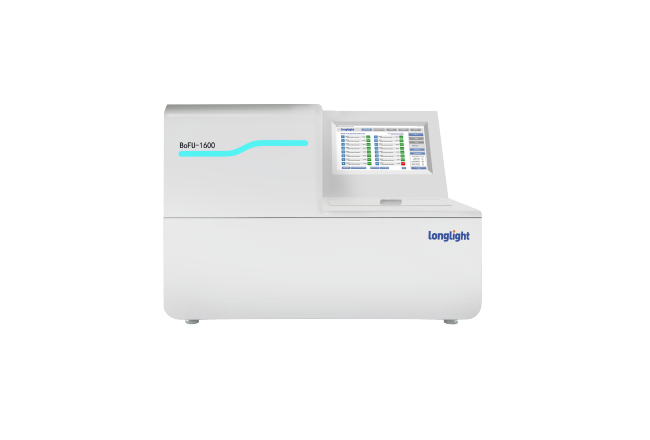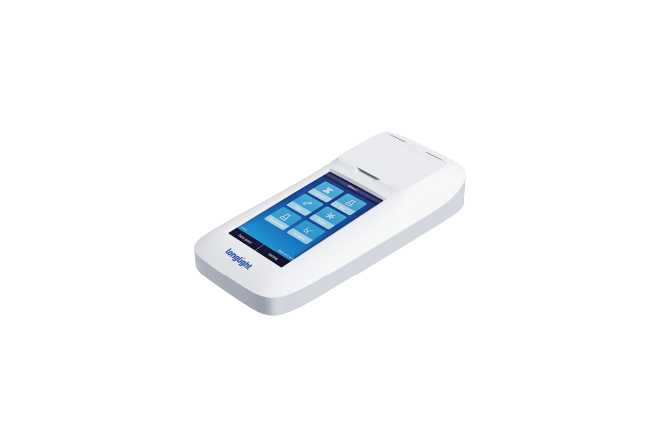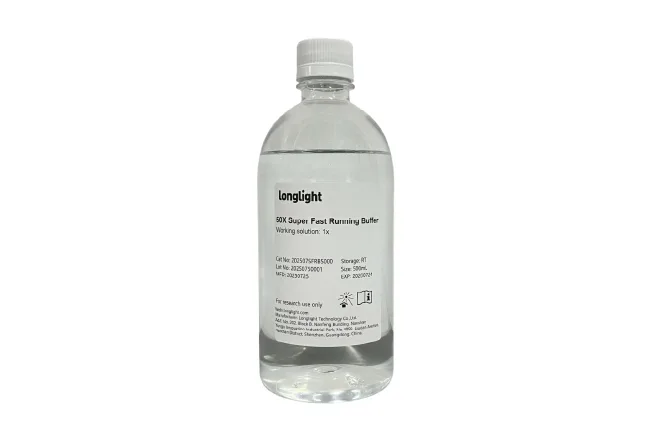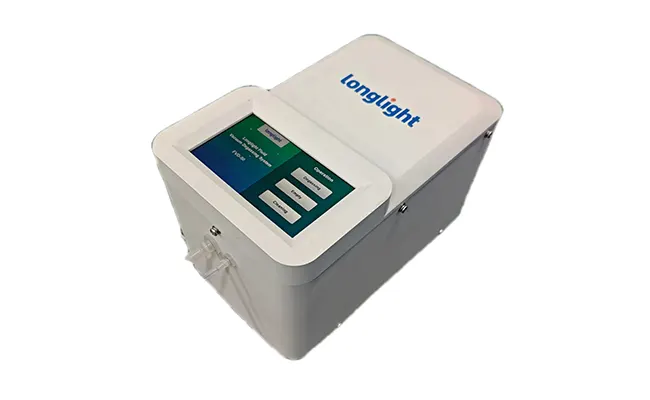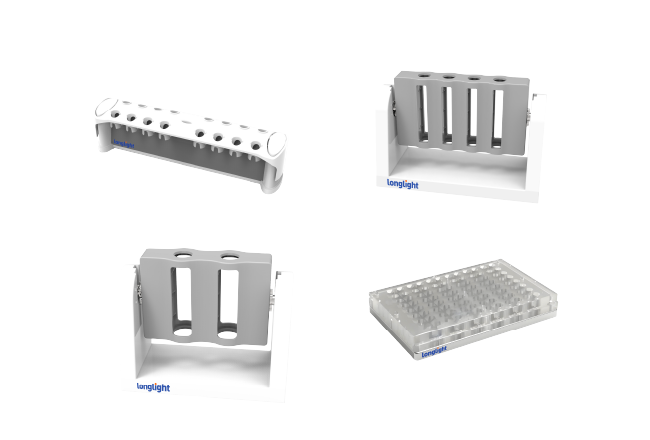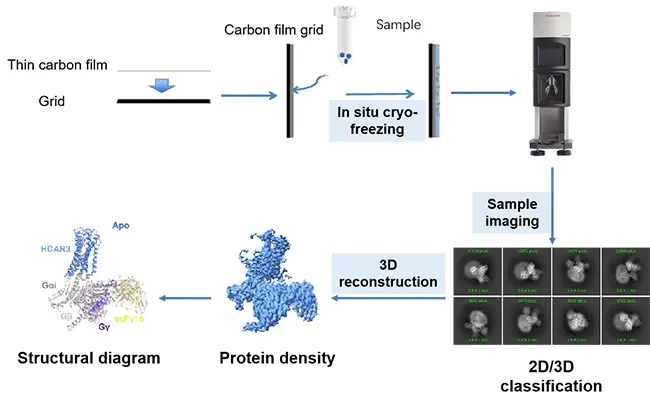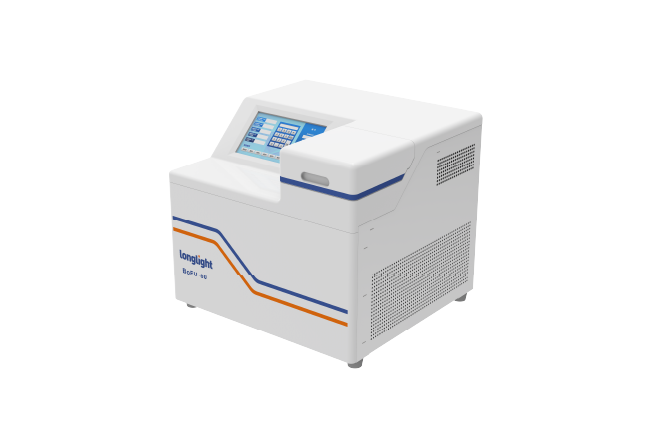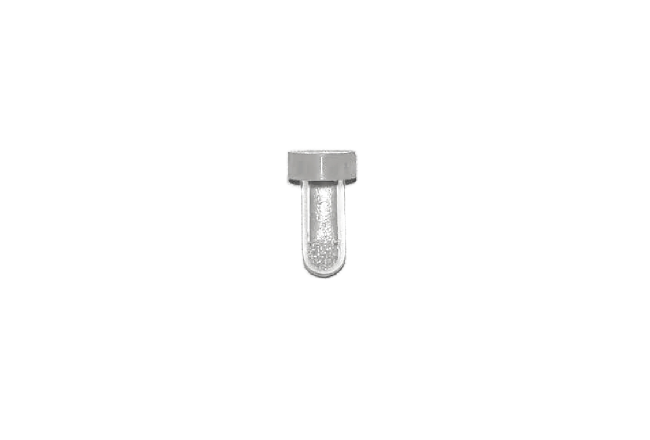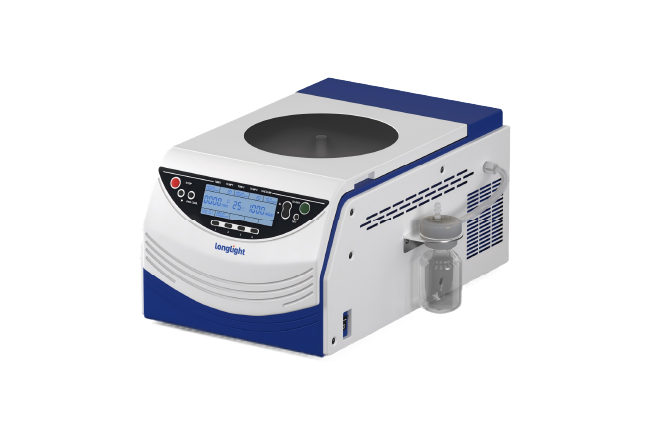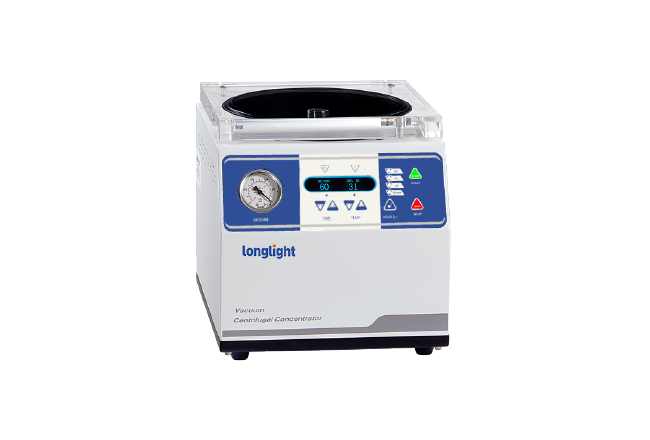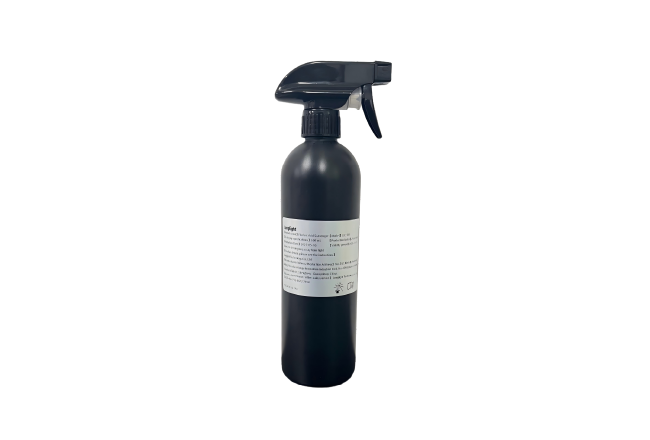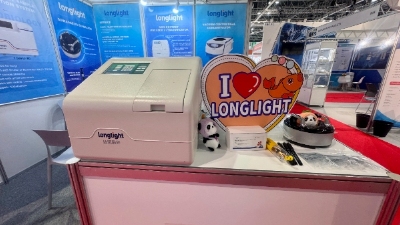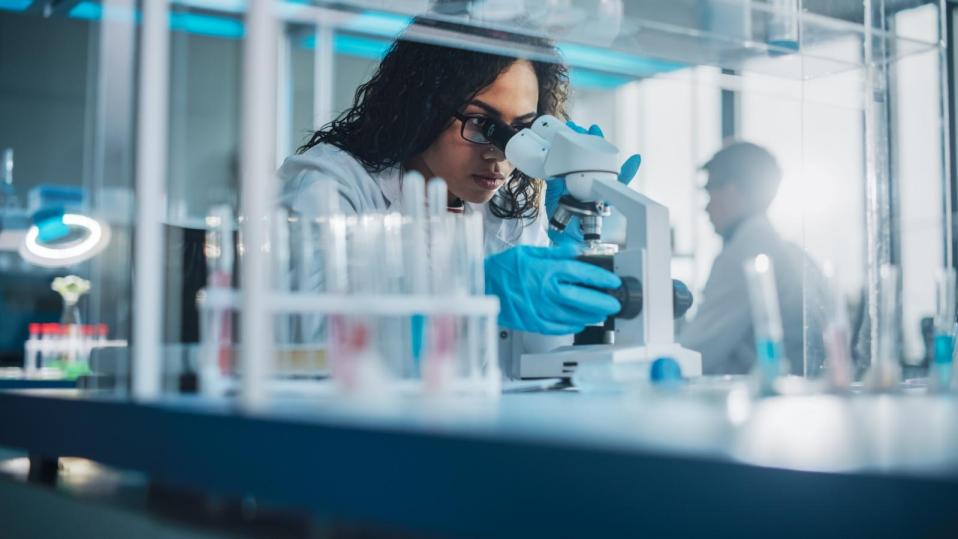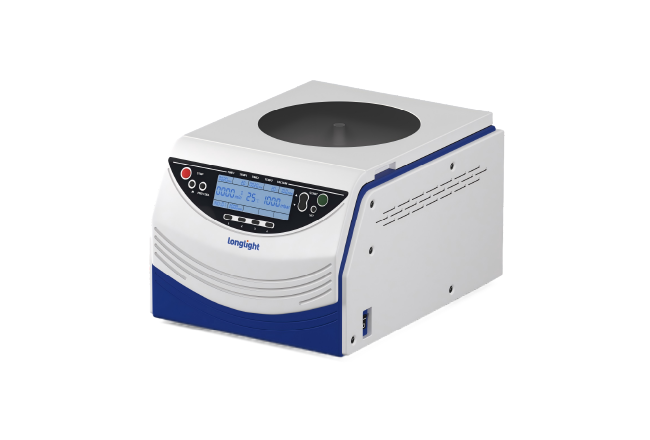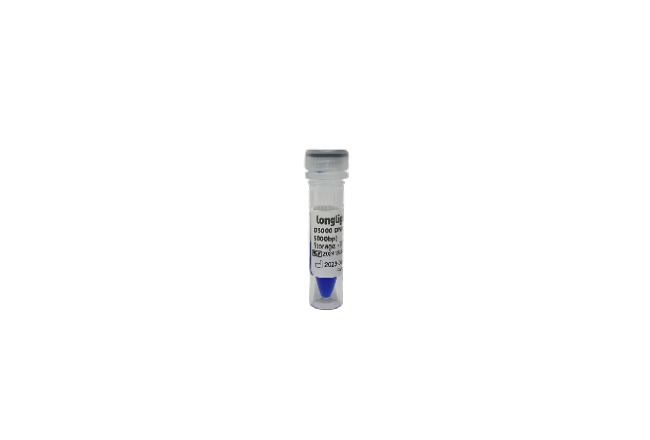Related Post
How Sonicator For Molecular Biology Labs Improves Cell Lysis Efficiency
2025-09-22Sonicator For Molecular Biology Labs is more than a box of transducers; at Longlight Technology it is our focused answer to inefficient cell lysis and fragile downstream results. Sonicators are core tools in molecular biology, enabling rapid disruption and controlled shearing. They underpinned landmark studies: ENCODE’s ChIP-seq maps relied on precise chromatin fragmentation; the 1000 Genomes Project and The Cancer Genome Atlas used ultrasonic DNA shearing for library prep; many COVID-19 workflows used sonication-assisted lysis for RNA extraction. Key application areas include cell/viral lysis; DNA/RNA fragmentation for NGS; chromatin shearing for ChIP-seq and epigenomics; protein extraction/solubilization; homogenizing tissues, biofilms, and fecal samples for metagenomics; nanoparticle and liposome dispersion; emulsification and degassing. Careful control of power, duty cycle, and temperature minimizes overheating and preserves sensitive analytes while ensuring reproducible results.
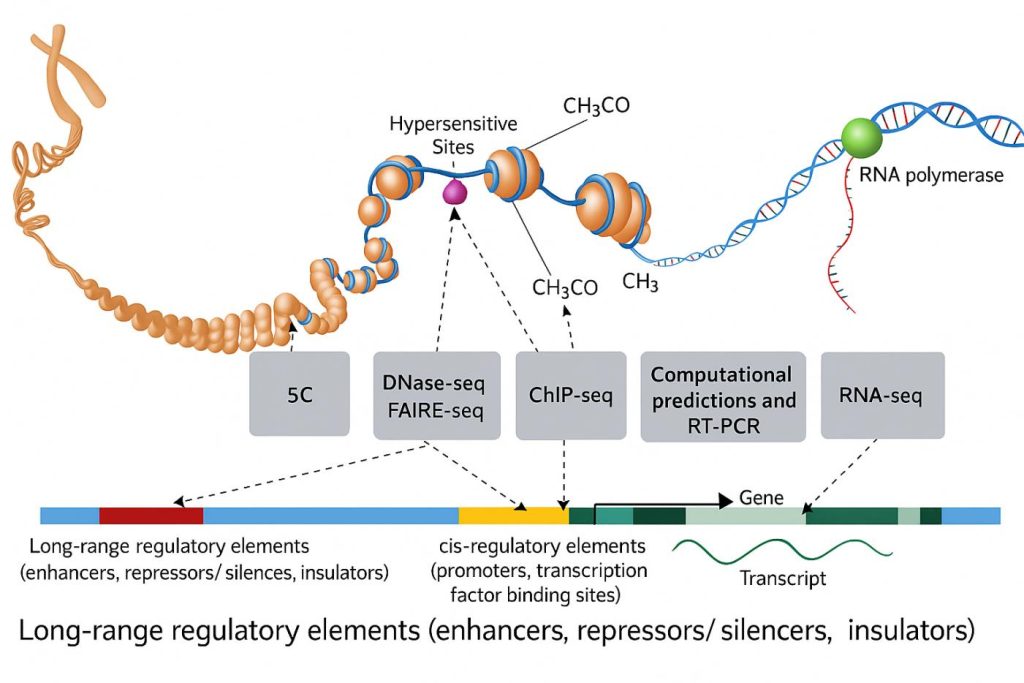
(ENCODE Project at UCSC)
The Real Reasons Cell Lysis Fails – and How We Fix Them
Most labs know the symptoms of poor lysis: wasted time, damaged nucleic acids and proteins, and uncertain downstream assays. The causes are familiar too. Traditional probe systems can overheat tubes, shed tiny particles, and deliver energy unevenly from run to run. Conventional water-bath devices diffuse power into the bath instead of the sample, so hard tissues and difficult microorganisms resist disruption. Reproducibility slips, throughput stalls, and QC reviews take longer than they should.
Longlight Technology approaches these pain points head-on. Our Sonicator For Molecular Biology Labs concentrates ultrasonic energy on the sample itself through an acoustic medium in a non-contact, isothermal environment. By removing probe contact and stabilizing temperature, we reduce two major sources of variability – unwanted heat and human adjustment. The process becomes predictable, the handling is simpler, and precious samples are treated gently enough for demanding genomic and proteomic workflows.
• Overheating & Energy Waste
When acoustic energy spreads away from the sample zone, lysis slows and biomolecules degrade. Our focused architecture – built on advanced confocal acoustics – aims high-frequency, short-wavelength sound where it matters: inside the tube. Power lands on target, not the bath. The result is faster, cleaner disruption and controllable fragmentation, which is ideal for DNA shearing steps in next-generation sequencing where consistency across libraries matters.
• Contamination & Manual Variation
Direct-contact tools touch the sample, which raises the risk of debris and cross-sample carryover. Manual tuning and timing add even more noise. With our non-contact approach, the probe never enters the tube. Parameters are set in software, stored, and reused, helping teams achieve the same result on Monday morning that they achieved on Friday afternoon. Less tinkering, fewer variables, better runs.
Inside Our Sonicator For Molecular Biology Labs
We designed our multi-channel, focused ultrasonicator for real bench work, not just show benches. The system handles a single tube or up to 16 sample positions in one session. You can customize parameters per tube – useful for hard tissues, viscous lysates, or difficult microbes – or push a shared profile to a batch with one click. Mixed workloads move forward without waiting for a dedicated run.
Temperature control is foundational. A high-sensitivity sensing and control loop keeps the sample area at true low and constant temperature. In practice, this protects DNA integrity, protein activity, and chromatin structure while maintaining efficient cell disruption. Because the process occurs in an isothermal, non-contact water-bath environment, the sample experiences the energy you dial in without the thermal spikes that derail extraction quality.
Day-to-day usability also matters. Quiet operation means you do not need a bulky sound-insulation cabinet. A built-in operating system removes the need for an external computer, freeing bench space and cutting cable clutter. Run records are retrievable on demand, so you can trace who ran what and when, compare parameter sets, and support audits without hunting through notebooks.
✅ Focused Design, Real-World Throughput
Instruments earn their keep by shaving minutes off routine work and removing sources of failure. Alongside focused energy delivery and precise temperature management, we embed the “small things” that prevent big problems:
- Batch or per-tube inputs for 1-16 samples
- Traceable run records, accessible whenever needed
- Automatic drainage with water-level sensing and early warning
- Quiet operation – no extra sound insulation required
- Stand-alone control – no external computer needed
- Non-contact processing to lower contamination risk
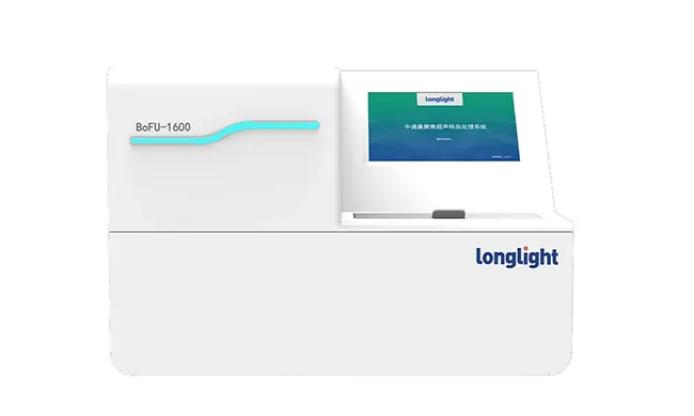
These choices eliminate common headaches: mixed sample queues, missing logs, overflowing waste, ambient noise, and the risk of contaminating rare or limited specimens. The outcome is standardized results with less stress on the team, which is exactly what an enterprise-grade Sonicator For Molecular Biology Labs should deliver.
❓ Why Focus Lifts Reproducibility
Every Longlight focused ultrasonicator is carefully calibrated so that instruments perform uniformly across sites and teams. By concentrating acoustic energy on the sample container and maintaining constant temperature in the bath, the system minimizes energy loss and operator variance. For many labs, this is the bridge between “works today” and “works every day.”
Use Cases, Workflow Tips, and How to Start
Our Sonicator For Molecular Biology Labs supports a wide range of preparation tasks across genomics and proteomics where controllable energy and stable cooling are non-negotiable. Because the energy is focused and the process is non-contact, the same platform can pivot from fragile DNA to tough tissue without swapping hardware.
✅ Where It Excels
- Genome fragmentation for NGS and other sequencing workflows
- Sample preparation for genomics and proteomics studies
- Cell and tissue disruption for DNA, RNA, or protein extraction
- Fragmentation and homogenization of biological tissues
- FFPE deparaffinization prior to extraction
- Identification of filamentous fungi and Mycobacterium by MALDI-TOF MS
If you run diverse samples, per-tube customization lets you tune conditions for hard tissue or microorganisms that are traditionally difficult to lyse, while batch mode streamlines similar pellets or blood fractions in a single pass. For library construction teams, a focused ultrasonicator for DNA shearing helps you hit target fragment sizes consistently while preserving sample quality.
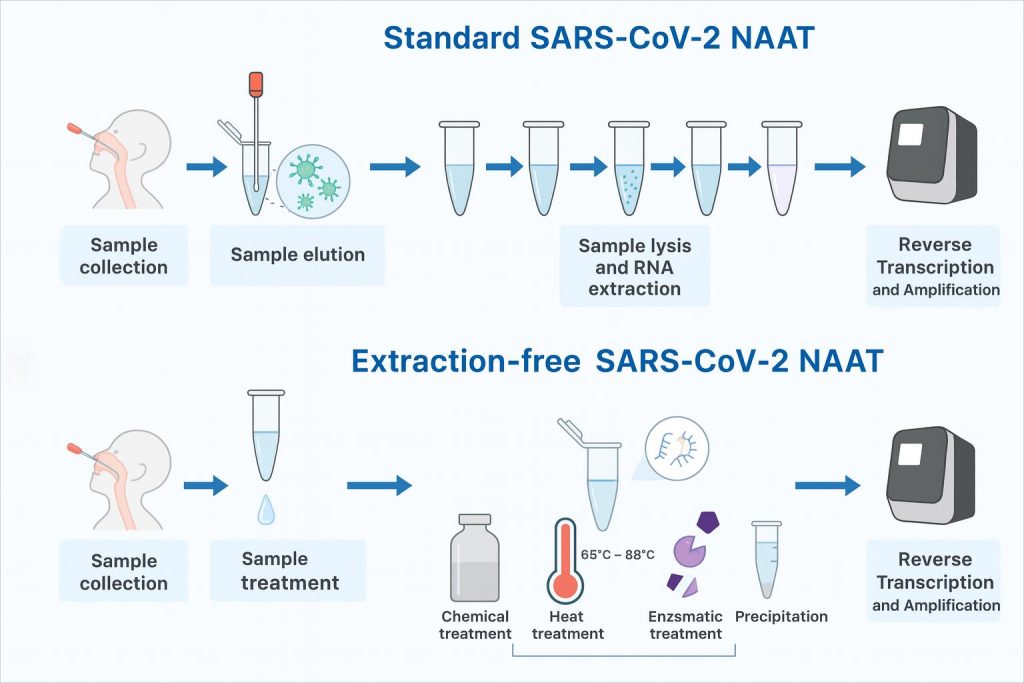
(Strategies That Facilitate Extraction-Free SARS-CoV-2 Nucleic Acid Amplification Tests)
From First Run to Routine
Daily use is intentionally straightforward. Label tubes clearly and standardize fill volumes. Load 1-16 samples, select batch parameters or per-tube profiles, confirm temperature points, and start. At completion, one-click drainage clears waste safely. Run records save automatically for future review or SOP updates. The workflow is fast to teach and easy to repeat, whether you are onboarding a new technician or scaling across shifts.
For labs seeking to reduce variability without sacrificing speed, this non-contact ultrasonic cell lysis system offers a pragmatic path. You gain tighter control over energy delivery and temperature while reducing manual steps that commonly introduce error.
Call to Action: Partner With Longlight Technology
If inefficient lysis is slowing research – or putting results at risk – talk to us. Longlight Technology will review your sample types, desired fragment sizes, and throughput goals, then suggest parameter sets tailored to your workflow. We can demonstrate how our Sonicator For Molecular Biology Labs raises quality while trimming hands-on time. Ready to modernize lysis and standardize outcomes? Contact Longlight Technology to schedule a consultation or request a demo today.

